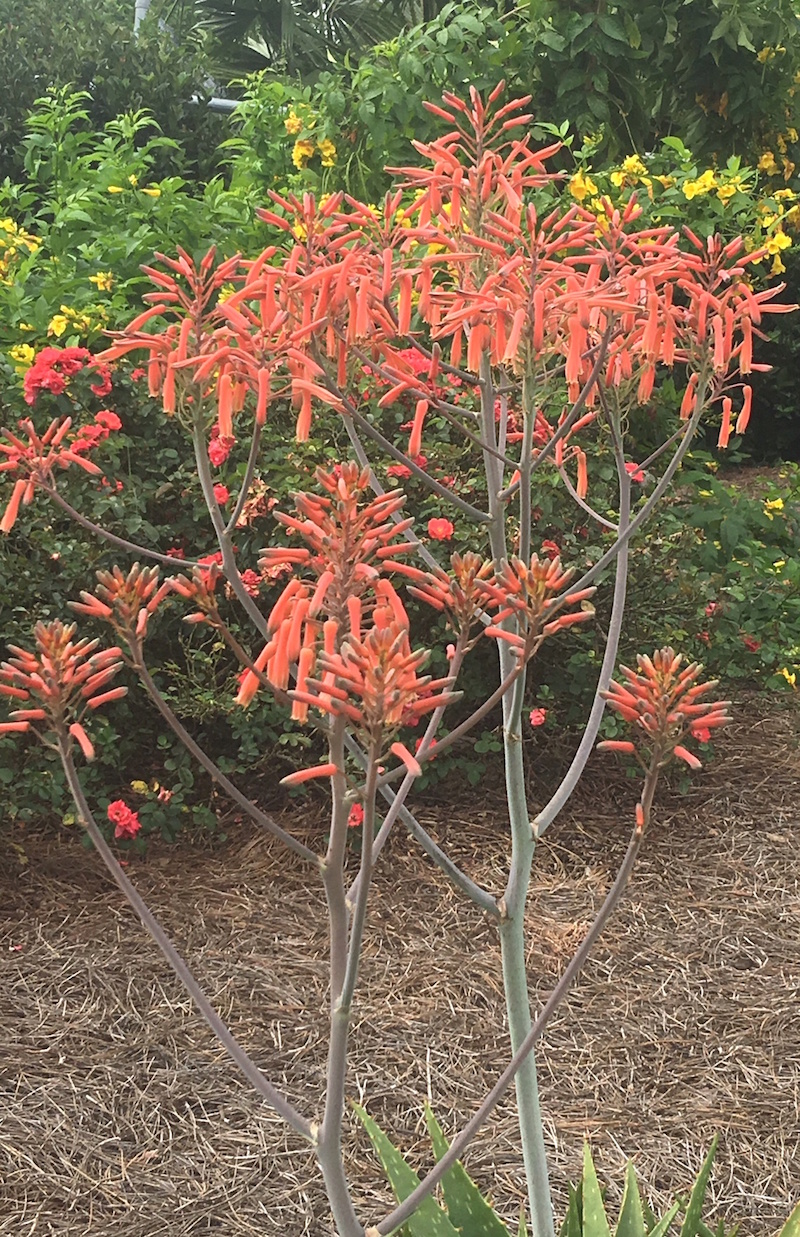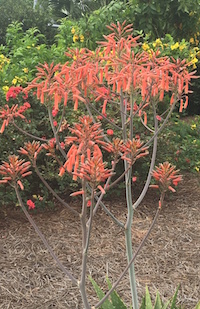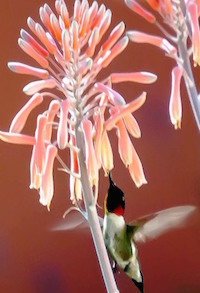Soap aloe is one of those plants that stirs up a passion in gardeners and plant aficionados across the country. Known as Aloe maculate, you would swear it is from Mexico at first glance, but it’s actually from South Africa, more than 9,000 miles away.
I fell in love with it when I traveled to the California Pack Trials and drove from San Diego to San Francisco. Then it seemed that 70 to 80 percent of the homes in the Lower Rio Grande Valley of Texas had it in their landscapes. It is one of those plants that just seems to be at home in hot, arid, frost-free climates.
When I arrived in Savannah, Georgia, I was wonderfully surprised to see it flourishing in the sweltering heat and humidity. I was even more delighted to see that a bone-chilling 18 degrees Fahrenheit had no lingering effect. It seems that good drainage and sunlight are the two most necessary elements for it to thrive in the home landscape.
An internet search will suggest it belongs from zone 9 to 11 with an occasional suggestion of zone 8. All are correct. Here in Savannah, we are in zone 8b. Don’t let those zones deter you from growing this incredible plant. It looks most exotic in containers, which allow for them to be moved for protection during the winter.
There’s a lot to like about soap aloe. The leaves are speckled and offer wonderful, contrasting texture in the landscape. To be honest, the flowers simply mesmerize me.
When it’s mature, the foliage reaches around 18 inches tall and about 18 to 24 inches wide. The plant produces spikes of flowers that range from 24 to 36 inches tall and are red-orange.
This year, these plants mystified me. We have several here at the garden. I was shooting my first-bloom photos in mid-April. We had blooms in May and June. Now our soap aloe plants growing at the garden entrance are blooming in conjunction with the yellow-flowered esperanza.
The eye-catching, tall flower stalks attract ruby-throated hummingbirds and other species that take their time feasting on each and every flower. This is a memorable moment in the garden.
We have the soap aloe in our Mediterranean Garden, where it looks at home, and at our entrance. It also excels in modern and rustic gardens, and it looks at home with tropical plants or partnered with cactus, agave and rocks in xeriscapes.
As the name suggests, the sap from the leaves will foam up to become a soap substitute, but try this sparingly as too much can cause irritation. In my opinion, a plant that produces a flower this gorgeous and brings in hummingbirds is a winner.
Once you get your soap aloe, you’ll notice the “pups,” new plants that form, can be used elsewhere or shared with friends and family. Give me a call, I may need some.
Follow me on Twitter @CGBGgardenguru. Learn more about the UGA Coastal Botanical Garden at the Historic Bamboo Farm at coastalgeorgiabg.org.









